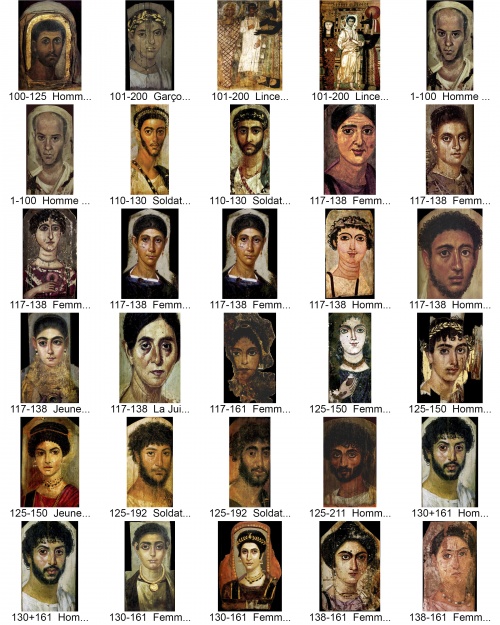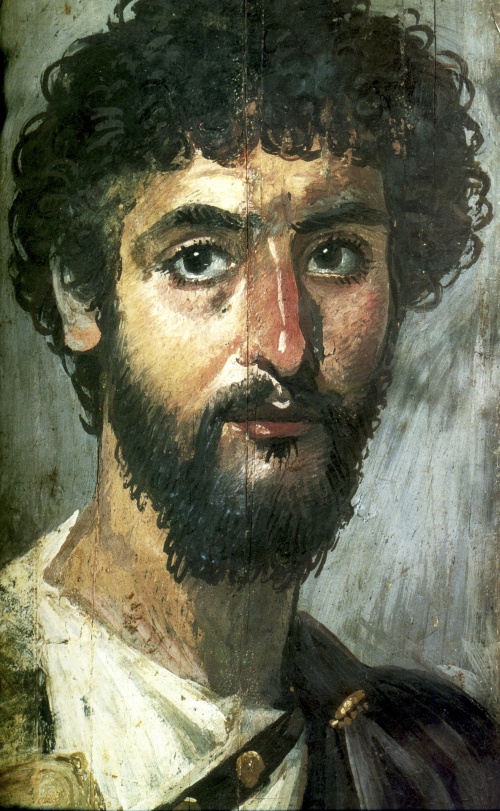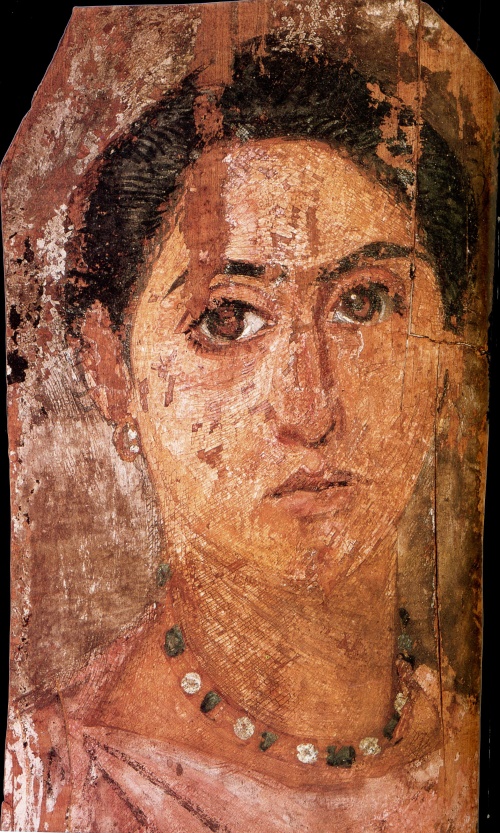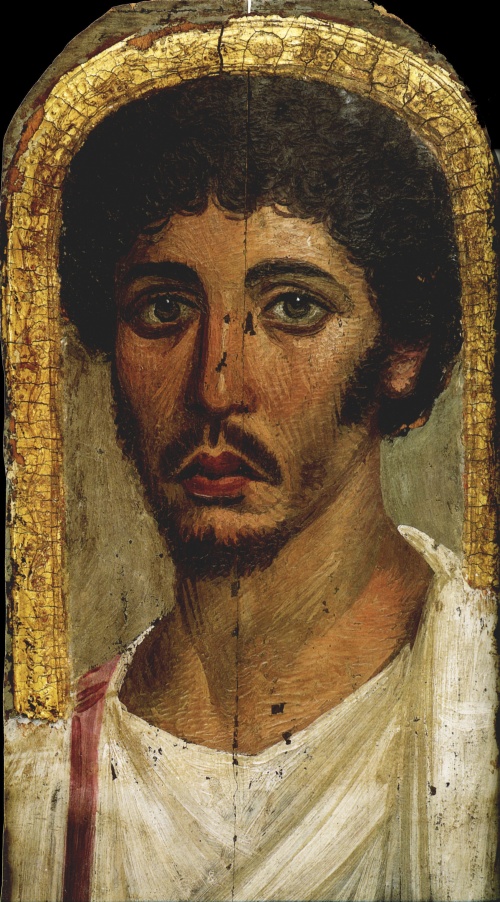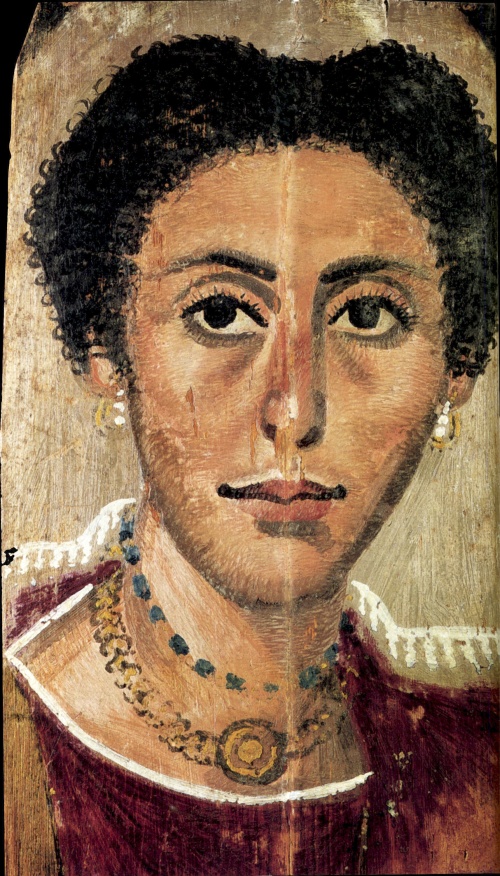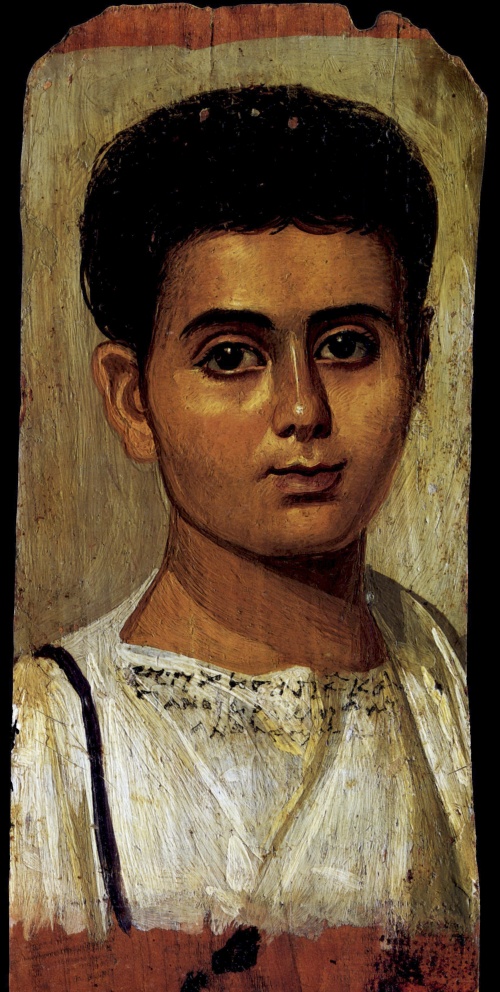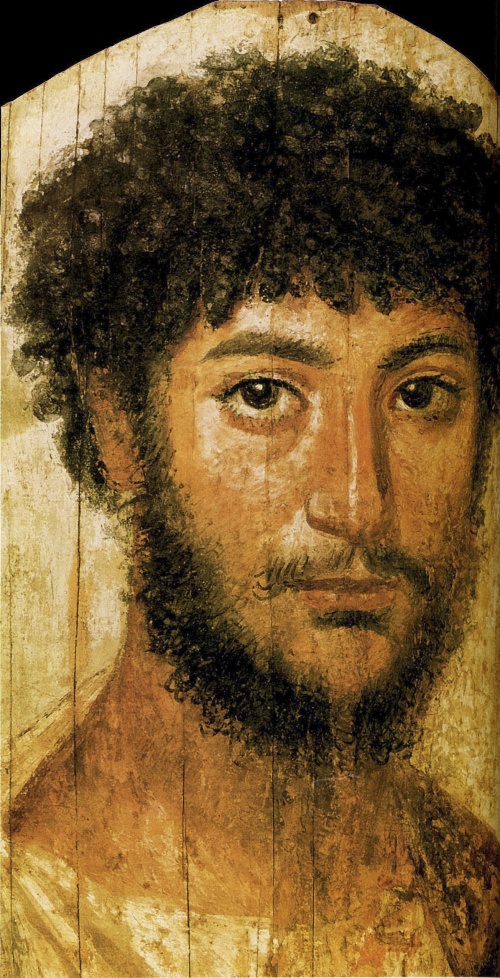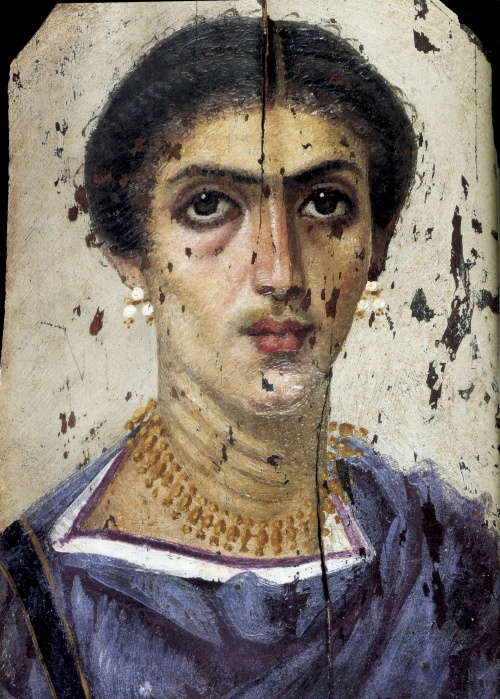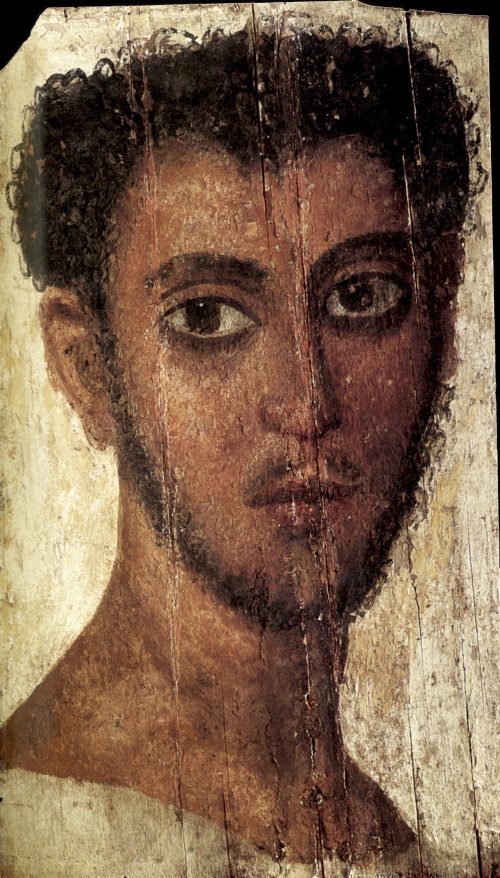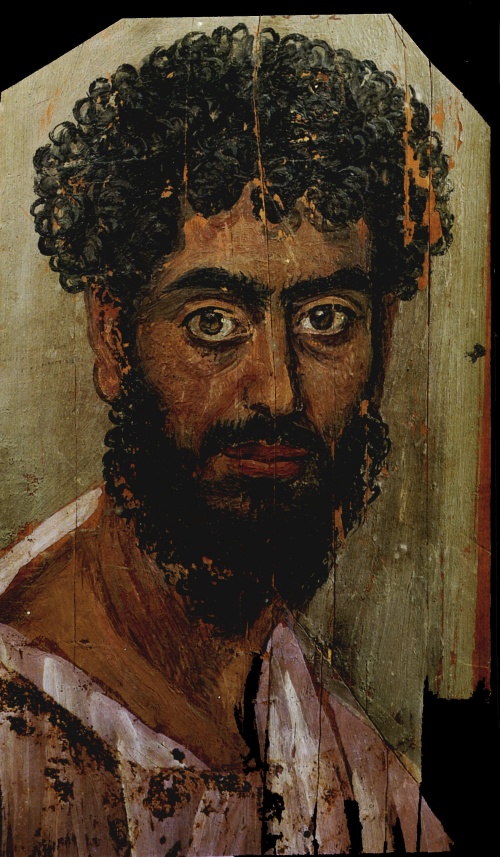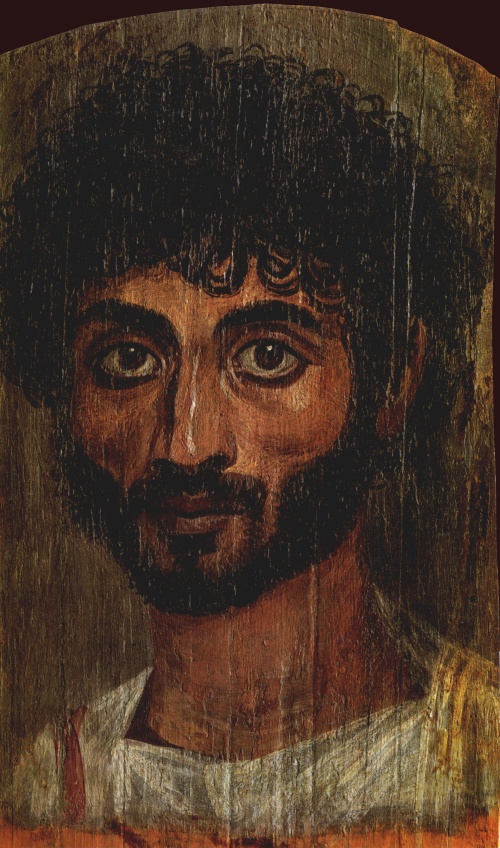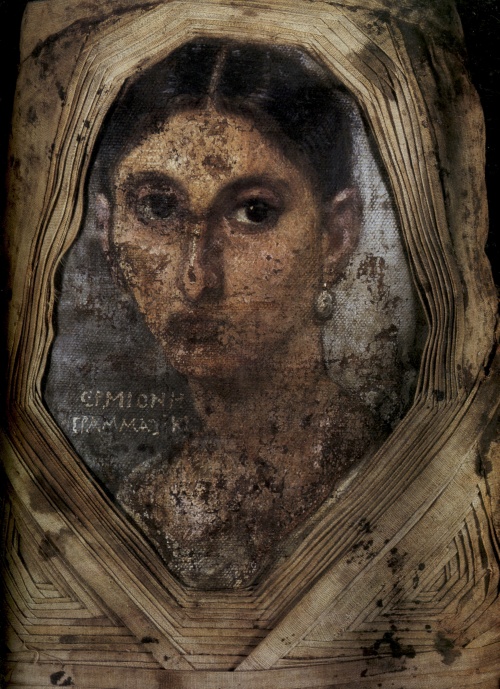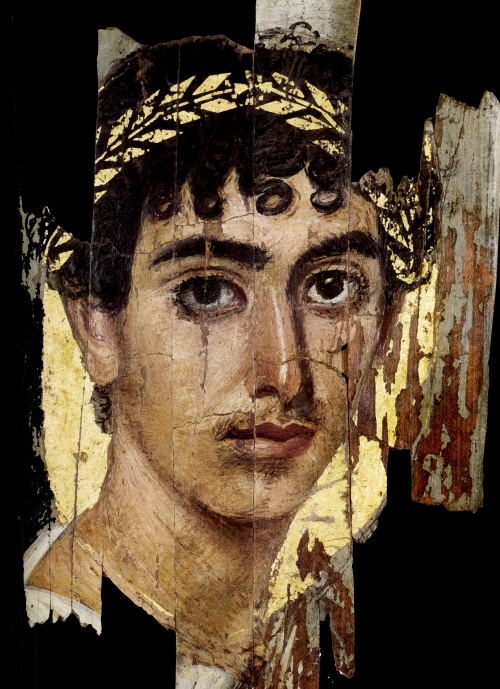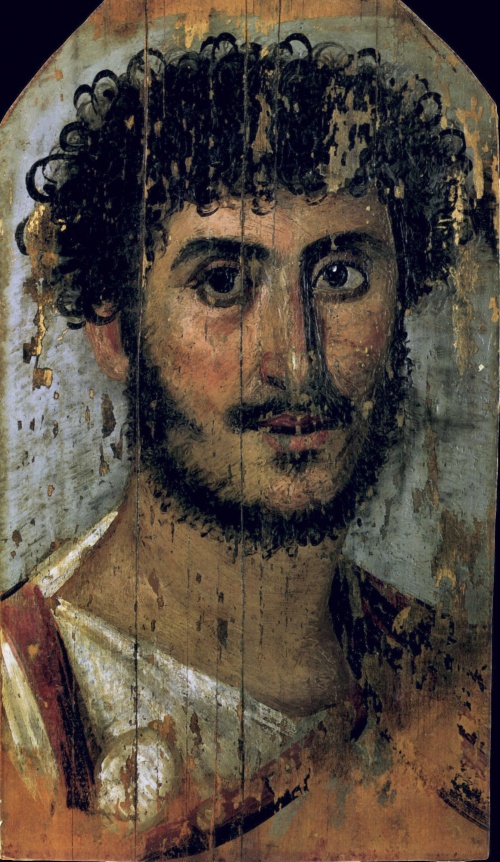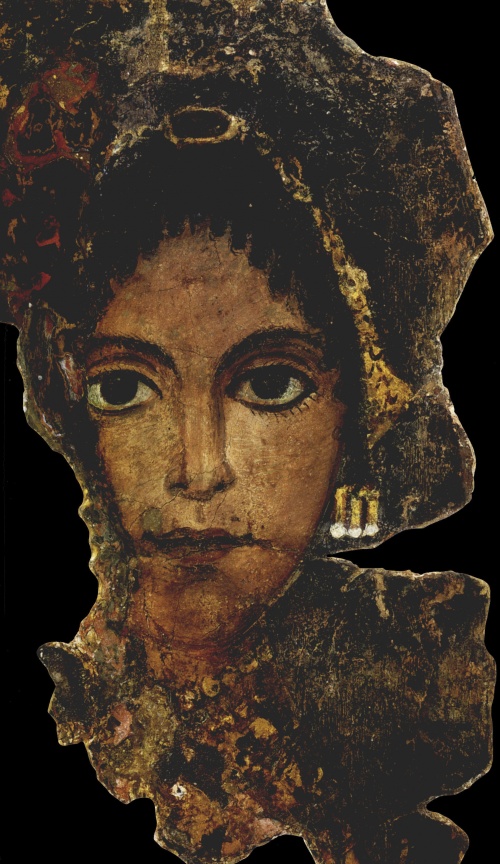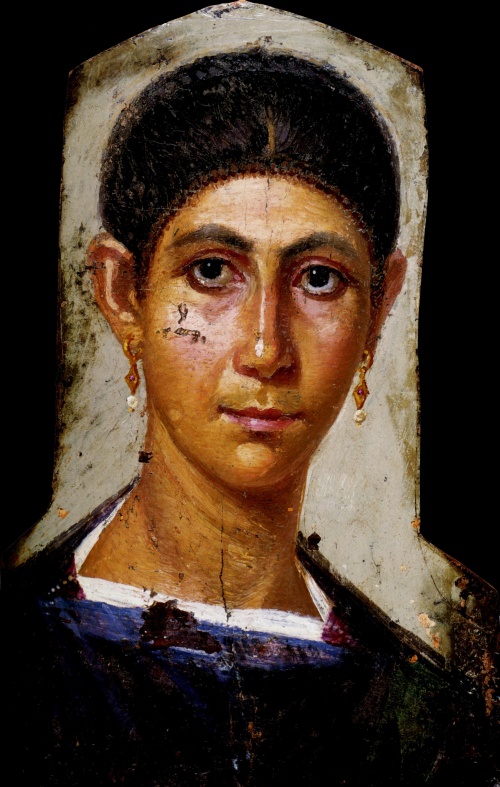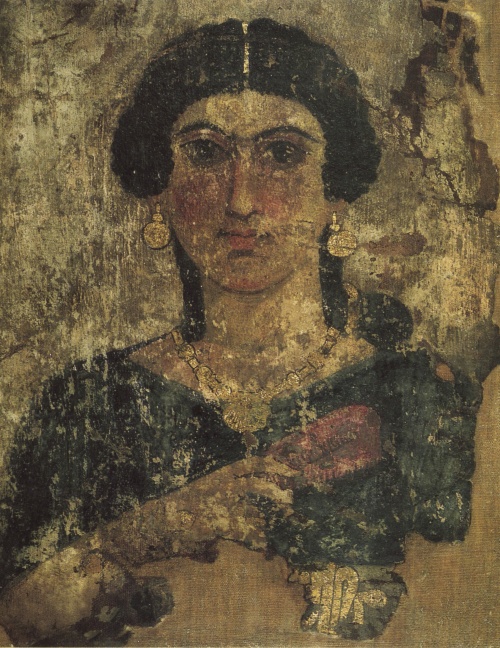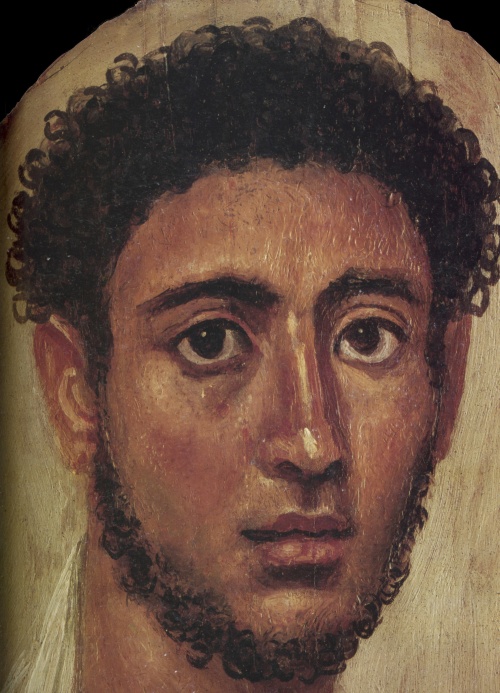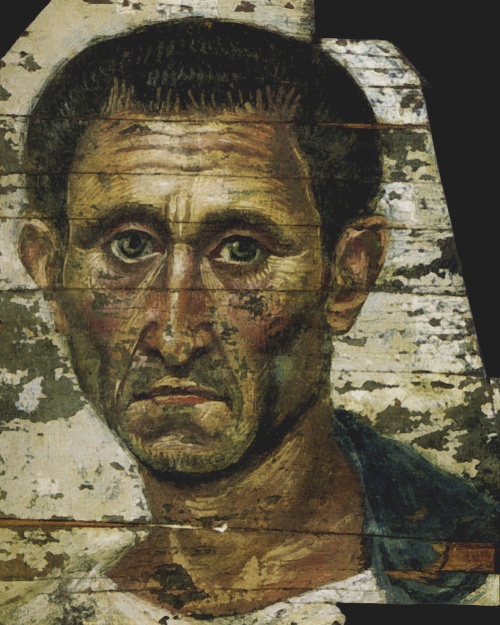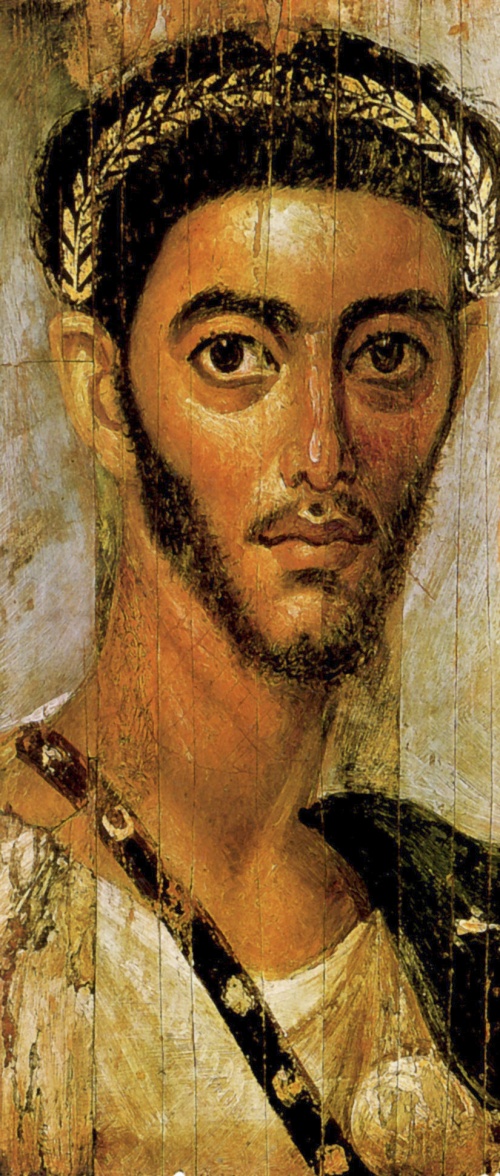Fayum portraits | I-IIIe | Portraits du Fayoum (83 works)
Разрешение картинок от 810x1406px до 2544x3499px
Fayum portraits (Portraits du Fayoum) are funerary portraits created using the encaustic technique in Roman Egypt from the 1st to 3rd centuries AD. e. They got their name from the site of the first major discovery in the Fayum oasis in 1887 by a British expedition led by Flinders Petrie. They are an element of the local funeral tradition modified under the Greco-Roman influence: the portrait replaces the traditional funeral mask with a mummy. They are in the collections of many museums around the world, including the British Museum, the Louvre and the Metropolitan Museum of Art in New York.
A magnificent collection of 23 Fayum funerary portraits in the State Museum of Fine Arts named after A. S. Pushkin in Moscow, discovered in Egypt in the 70s of the 19th century, makes it possible to trace the development of this genre over four centuries (from the 1st to the 4th centuries) .
